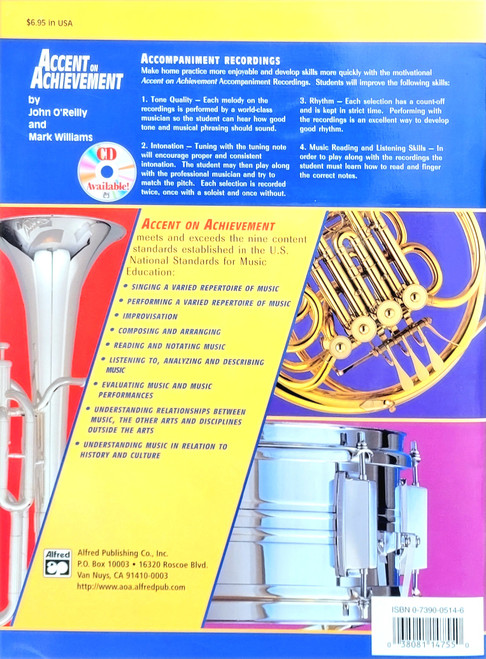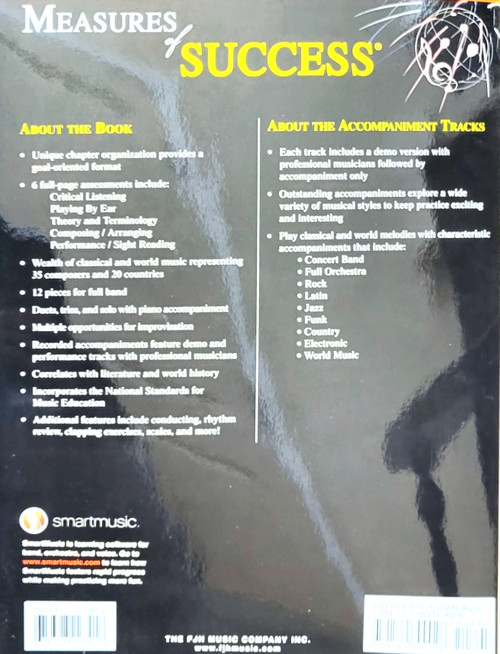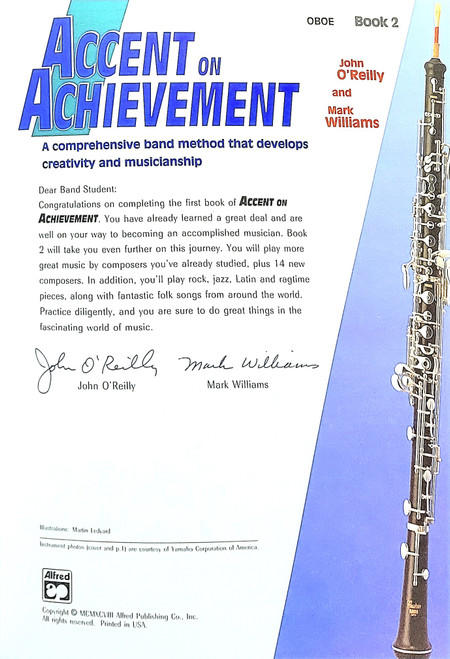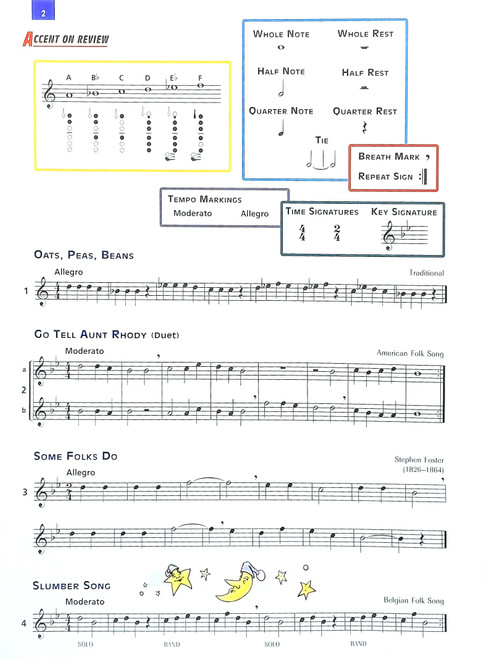Welcome to Measures of Success and the amazing world of instrumental music! You are about to begin an exciting musical journey full of rewards and challenges. As you practice, you will find yourself sharing the gift of music with family, friends and audiences. So get ready - your path to success begins now!
The oboe is a member of the woodwind family. It is referred to as a "double reed" instrument because its reed consists of tow pieces of cane fastened together around a small metal tube. When played, the two reeds vibrate against each other to create the sound. The invention of the oboe is usually credited to French musicians Jean Hotteterre and Michel Philidor. An instrument that predates the oboe from the 110's is called the shawm. The shawm was modified over many years, eventually leading to the development of the oboe in the 1600's. While the shawm was made from one continuous piece of wood, the oboe was designed to have three sections that fit together. The word oboe comes from the French word "hautbois" which means "high wood." By the 1700's, the oboe was a common instrument in the orchestra. Today it is a prominent member of both bands and orchestras.
ABOUT THIS BOOK:
The first 14 pages of your book are divided into A and B pages. The A pages put you in a special register that is for your instrument only. The B pages let you play along with the rest of the band. Page 14c will help get all oboe players familiar with the same notes before proceeding further.


































